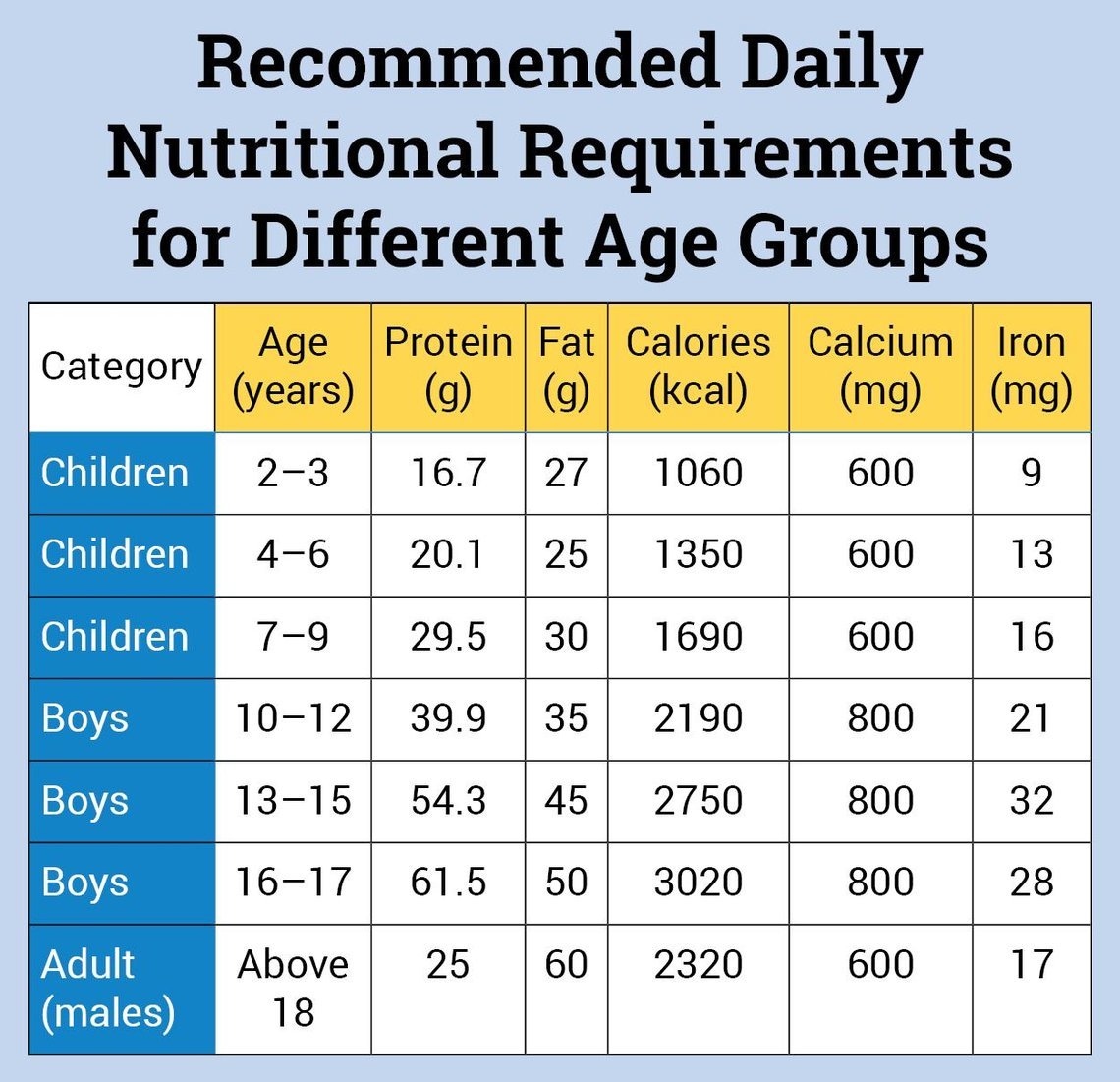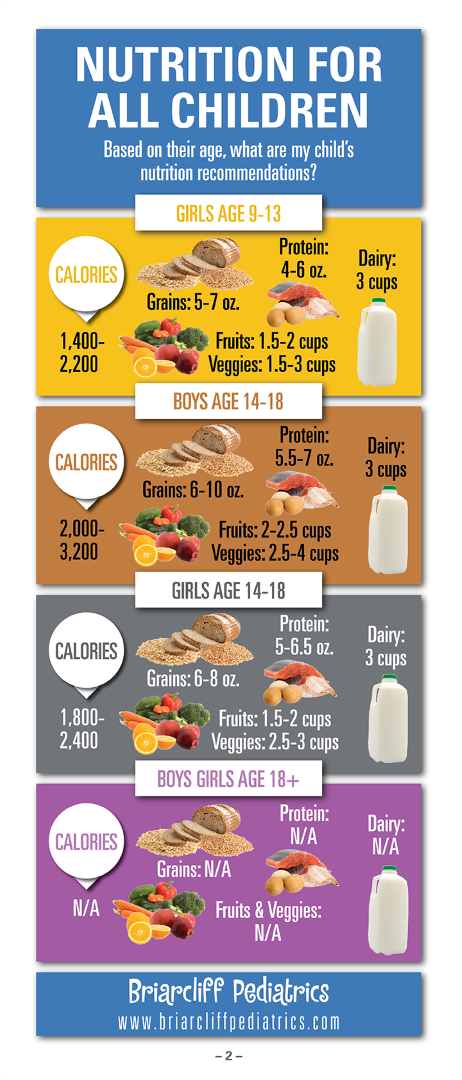
The most recent edition of the Dietary Guidelines can be found on Following these guidelines can help promote health and reduce risk for chronic diseases. The Dietary Guidelines provide general diet and lifestyle recommendations for healthy Americans ages 2 years and over (not for younger children and infants). They can be accomplished by following the Dietary Guidelines for Americans. These preventative strategies are part of a healthy lifestyle that should be developed during early childhood.

The most important strategies for preventing obesity are healthy eating behaviors, regular physical activity, and reduced sedentary activity (such as watching television and videotapes, and playing computer games). A restrictive diet may not supply the energy and nutrients needed for normal growth and development.įor most very young children, the focus should be to maintain current weight, while the child grows normally in height. Overweight children should not be put on a diet unless a physician supervises one for medical reasons. Weight loss is not a good approach for most young children, since their bodies are growing and developing. It should only be done by a health care professional, using the child's height and weight relative to his previous growth history. Assessing obesity in children is difficult because children grow in unpredictable spurts. All preschoolers exhibit their own individual body structure and growth pattern. Parents should not make changes to a child's diet based solely on perceptions of overweight. Since these habits are established in early childhood, efforts to prevent obesity should begin early. Over the last two decades, this number has increased by more than 50 percent and the number of obese children has nearly doubled.įor most children, overweight is the result of unhealthy eating patterns (too many calories) and too little physical activity. For ages 6 to 11, at least one child in five is overweight. Obesity increases even more as children get older. Overweight is more prevalent in girls than boys and in older preschoolers (ages 4-5) than younger (ages 2-3). Approximately 10 percent of 4 and 5 year old children are overweight, double that of 20 years ago. The number of overweight children in the United States has increased dramatically in recent years. Preventing Childhood Obesity: Tips for Parents Childhood Obesity is on the Rise


Clinical Guidelines, Standards & Quality of Care.Health & Safety in the Home, Workplace & Outdoors.Birth, Death, Marriage & Divorce Records.


 0 kommentar(er)
0 kommentar(er)
